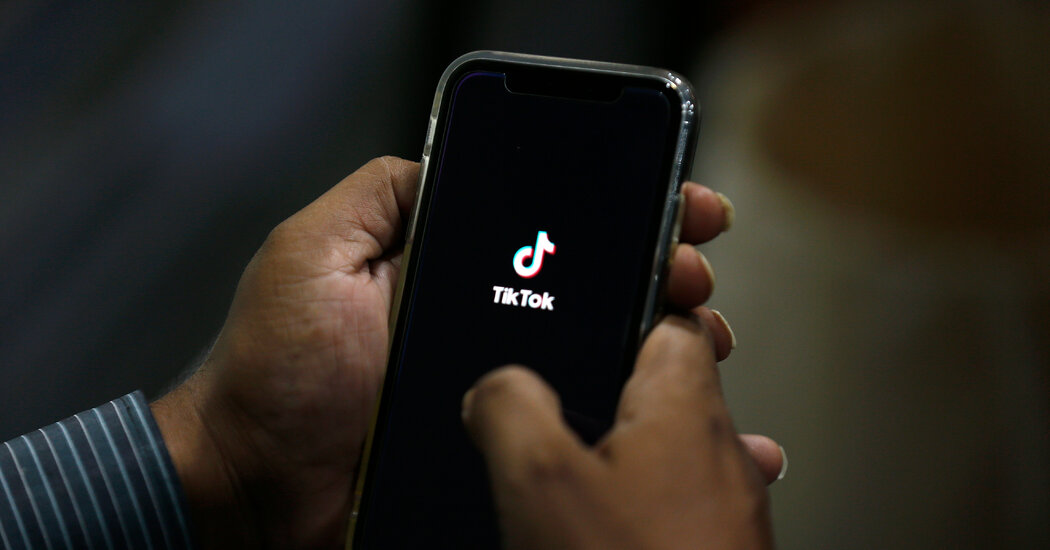The company said it will work to remove content about drugs like Ozempic, extended fasting and more from the “For You” feed.
Emma Lembke did not know what an algorithm was when she started using social media.
The then-12-year-old was thrilled when her parents gave her permission to join Instagram. She quickly followed all kinds of accounts — from Kim Kardashian to Olive Garden, she said — and was soon spending five to six hours a day on the app. Then one day she searched for “ab workouts,” and her feed shifted. She started seeing 200-calorie recipes, pro-anorexia posts and exercise routines that “no 12-year-old should be doing in their bedroom,” she said.
Ms. Lembke, now 21, testified before the Senate Judiciary Committee in February 2023 about how social media led her to disordered eating, and what she and other advocates see as a dire need for stronger regulation to protect social media’s youngest users.
Social media platforms have promised to take more action. On Friday, TikTok enacted what some experts called one of the most well-defined policies by a social media company yet on weight and dieting posts. The company’s updated guidelines, which come as TikTok faces a potential ban in the United States, include new guardrails on posts that show “potentially harmful weight management behaviors” and excessive exercise.
TikTok said it will work to ensure the “For You” page, which serves as the main content feed on TikTok and is driven by an algorithm that caters to a user’s interests, no longer shows videos that promote “extended intermittent fasting,” exercises designed for “rapid and significant weight loss” or medications or supplements that promote muscle gain. The new regulations also aim to crack down on posts from influencers and other users promoting products used for weight loss or to suppress appetite, such as drugs like Ozempic. They also aim to curb content promoting anabolic steroid use.
Under the new policy, machine learning models will attempt to flag and remove content that is considered potentially dangerous; a human moderation team will then review those posts to see if they need to remain off the For You feed, should be removed from age-restricted feeds or should be removed from the platform altogether, said Tara Wadhwa, TikTok’s director of policy in the United States.
The elimination of problematic TikToks from the main feed is meant in part to “interrupt repetitive content patterns,” the new guidelines said. Ms. Wadhwa said the company wants to ensure users aren’t exposed to diet and weight loss content “in sequential order, or repeatedly over and over again.”
